The Great Pacific Garbage Patch (GPGP) has long been a symbol of the plastic pollution crisis, but recent studies have shed light on a specific culprit: the industrial fishing industry. Research published in Scientific Reports reveals that 75% to 86% of all plastic waste in the GPGP originates from offshore fishing activities. This study emphasizes the essential role of major fishing nations, including the United States, China, Japan, and Korea, in contributing to this environmental disaster.
The Findings: Industrial Fishing as a Major Source of Ocean Plastics
In 2019, The Ocean Cleanup conducted an extensive study, retrieving over 6,000 hard plastic debris items larger than 5 cm from the GPGP. The findings were startling:
- Fishing Gear Dominance: A significant portion of the plastic waste consisted of abandoned, lost, or discarded fishing gear (ALDFG), including nets, ropes, and various hard plastic objects. The study stated, "Our analyses show that adding to the large fraction of accumulated fishing nets floating at the surface in the region, the majority of floating hard plastics (> 5 cm) accumulated in the NPGP are also likely coming from industrialised fishing nations."
- National Contributions: The majority of the identified plastic waste originated from industrialized fishing nations, particularly the USA, China, Japan, and Korea. "The top five identified origins were Japan (34%), China (32%), Korea (10%), USA (7%), and Taiwan (6%)," the study noted.
- River Emissions vs. Fishing Waste: While global plastic pollution largely stems from river emissions, the GPGP's plastic waste is predominantly from fishing activities. The study emphasized, "Under this modelled beaching scenario, every kilogram of floating hard plastic released in the North Pacific would result in 0.58 kg reaching the subtropical gyre when released from fishing activities and in 0.32 kg when released from rivers."
Detailed Analysis and Insights
The study’s results, complemented by numerical model simulations and findings from a previous oceanographic mission, revealed a complex picture of plastic pollution sources:
- Composition of Floating Plastics: The debris collected was meticulously sorted, counted, and analyzed. Unidentifiable fragments constituted 33% by count and 28% by mass, while fishing gear accounted for 26% of the hard plastic objects. Plastic floats and buoys represented 3% by count but 21% by mass. Household items contributed 14% and 16% of the number and mass, respectively.
- Identifiable Origins: A total of 201 plastic objects had recognizable language writings, with Chinese (34%) and Japanese (33%) being the most common. The origins of 232 plastic objects were determined based on evidence such as language, text, company name, or brand. "The identification of these countries of origin is consistent with previous findings from an expedition in the NPGP in 2015," the study reported.
- Numerical Model Simulations: The study implemented global Lagrangian dispersal simulations to understand the transport and accumulation of floating plastics. The fishing source scenario showed a higher correlation with the observed origins of floating plastics in the NPGP compared to land-based scenarios. The study explained, "The fishing source scenario gave us insights on countries of origin but also on fishing techniques that could contribute to ALDFG found in the region."
The Impact of Beaching on Plastic Debris
The study also delved into the role of beaching in the transport of floating plastics. It was found that plastics emitted from rivers spent more time near shorelines, with 81% of modeled particles spending more than 10 days in proximity to a coastline before reaching the NPGP. In contrast, plastics from fishing sources, especially from techniques like drifting longlines, spent significantly less time near coastlines, increasing their likelihood of reaching the subtropical gyres.
The study concluded, "Using a characteristic beaching time scale (τbeach) of 24 days for marine debris as it was previously estimated for the Mediterranean Sea, we estimated that in the North Pacific, positively buoyant plastics emitted from fishing activities were nearly twice more likely (i.e., 187%) to reach the subtropical waters than plastics originating from rivers."
Seatopia's Role in Providing a Sustainable Alternative
At Seatopia, we are committed to offering a sustainable alternative to traditional wild-caught seafood. The findings of this study reinforce the urgent need for a shift towards more responsible and environmentally-friendly practices in the fishing industry. Here’s how Seatopia is contributing to this change:
-
Sustainable Aquaculture Practices: Unlike traditional fishing, which contributes significantly to ocean plastic pollution, Seatopia sources seafood exclusively from certified sustainable aquaculture farms. These farms implement practices such as Recirculating Aquaculture Systems (RAS) and Integrated Multi-Trophic Aquaculture (IMTA), ensuring minimal environmental impact.
-
Microplastics-Free Products: Seatopia prioritizes the health of our oceans and our customers. All our products undergo rigorous testing to ensure they are free from microplastics and harmful contaminants. This commitment ensures that our seafood is not only safe but also contributes to reducing plastic pollution in our oceans.
-
Regenerative Aquaculture: Seatopia defines regenerative aquaculture as creating a net positive impact on the oceans. Through initiatives like our Kelp Reforestation project, where a kelp tree is planted for every order, we are actively working to rehabilitate marine ecosystems and combat the adverse effects of plastic pollution.
-
Inspiring Change: We believe in the power of informed choices. By educating our customers about the environmental impact of traditional fishing and the benefits of sustainable aquaculture, we aim to inspire a collective movement towards more sustainable seafood consumption.
The Importance of Industry and Policy Interventions
The study underscores the need for the fishing industry and policymakers to take decisive action to mitigate the impact of plastic pollution. "To stop the inflow of plastic into our oceans, addressing river emissions – the largest source – must remain a core priority," said Boyan Slat, founder and CEO of The Ocean Cleanup. "However, to ensure our work to clean up the GPGP is truly sustainable, fishing gear inputs must also be stopped."
Seatopia is aligned with this vision and is committed to leading by example. Our sustainable practices and proactive environmental initiatives demonstrate that it is possible to enjoy seafood without compromising the health of our oceans. By choosing Seatopia, our customers support a movement that prioritizes sustainability and ocean health.
Conclusion
The revelations from recent studies highlight the pressing need to address plastic pollution from industrial fishing. As one of the primary contributors to the GPGP, the fishing industry must adopt more sustainable practices to protect our marine environments. Seatopia offers a viable and responsible alternative, emphasizing the importance of sustainable aquaculture in combating ocean plastic pollution.
By supporting Seatopia, you are not only choosing high-quality, sustainably sourced seafood but also contributing to a larger movement aimed at preserving the health of our oceans. Together, we can make a difference and ensure a cleaner, healthier future for our planet.


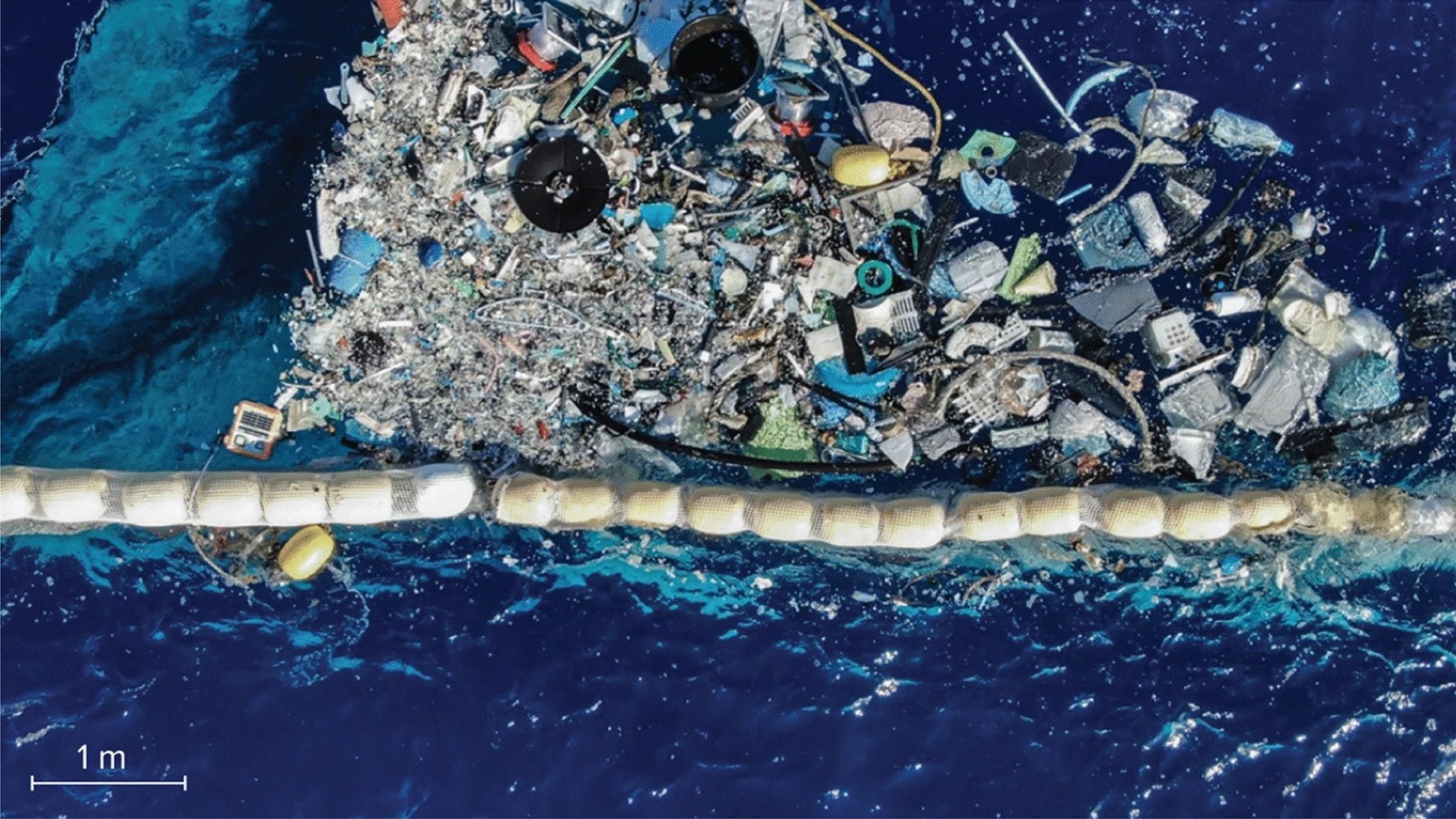

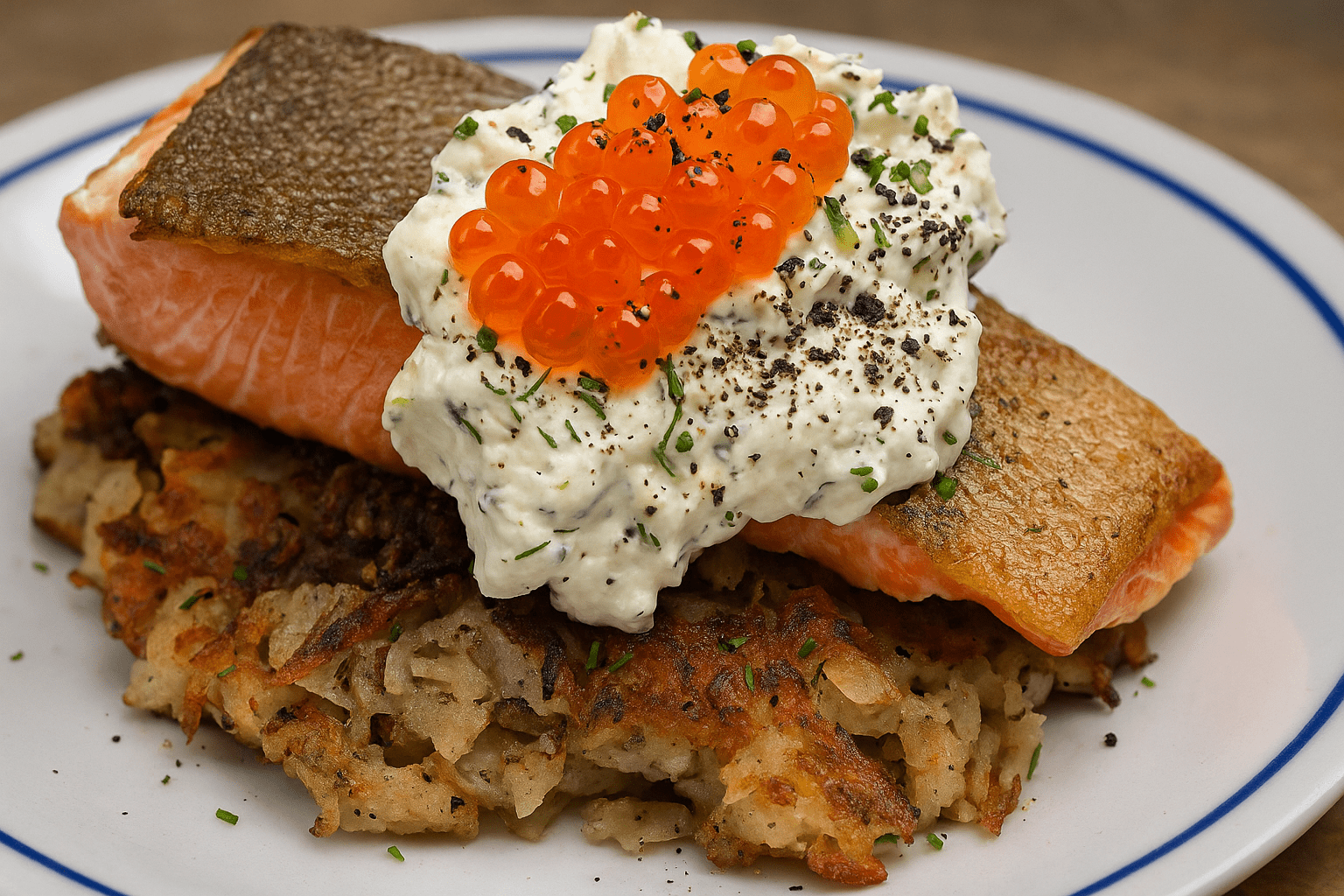
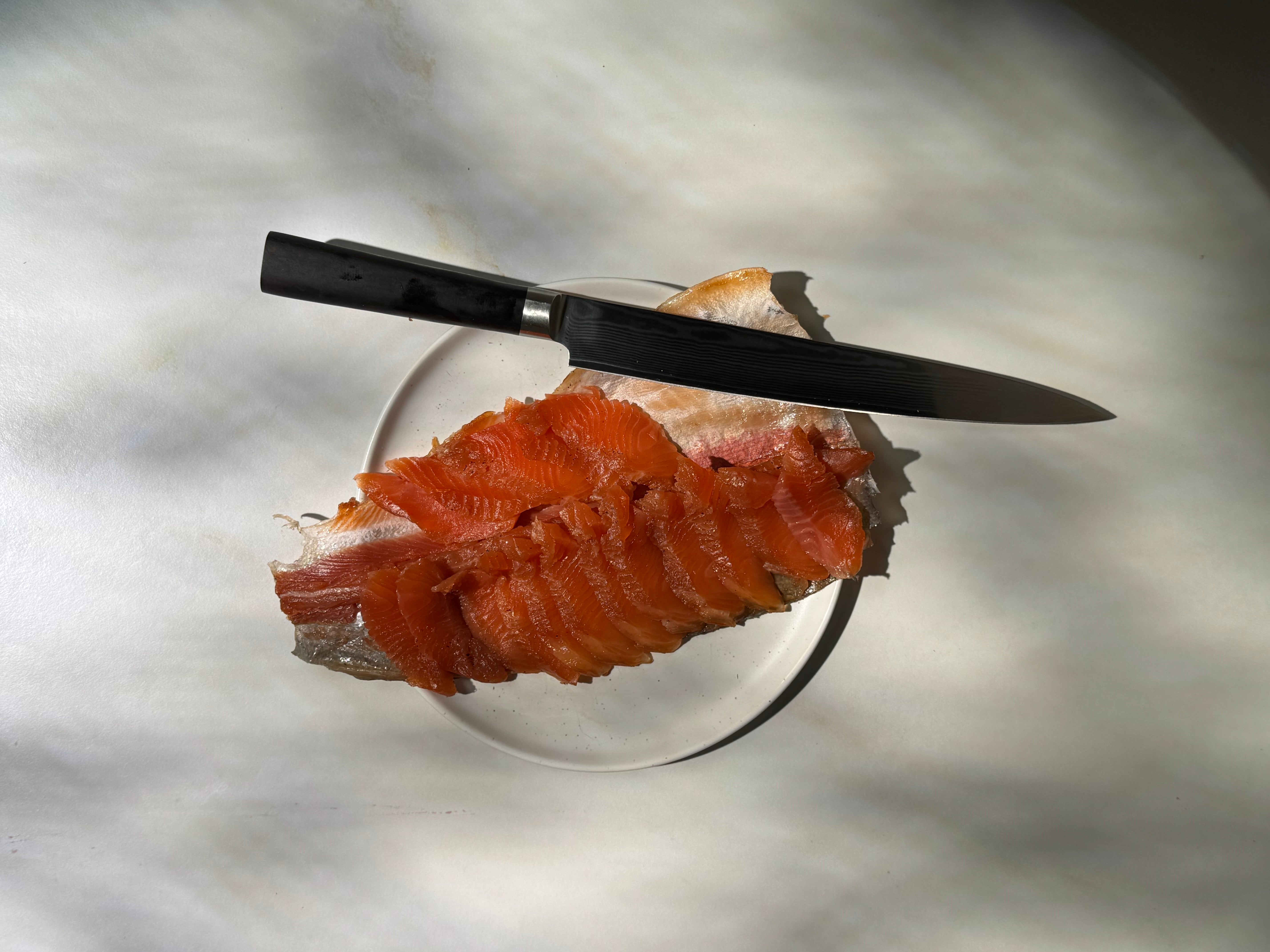
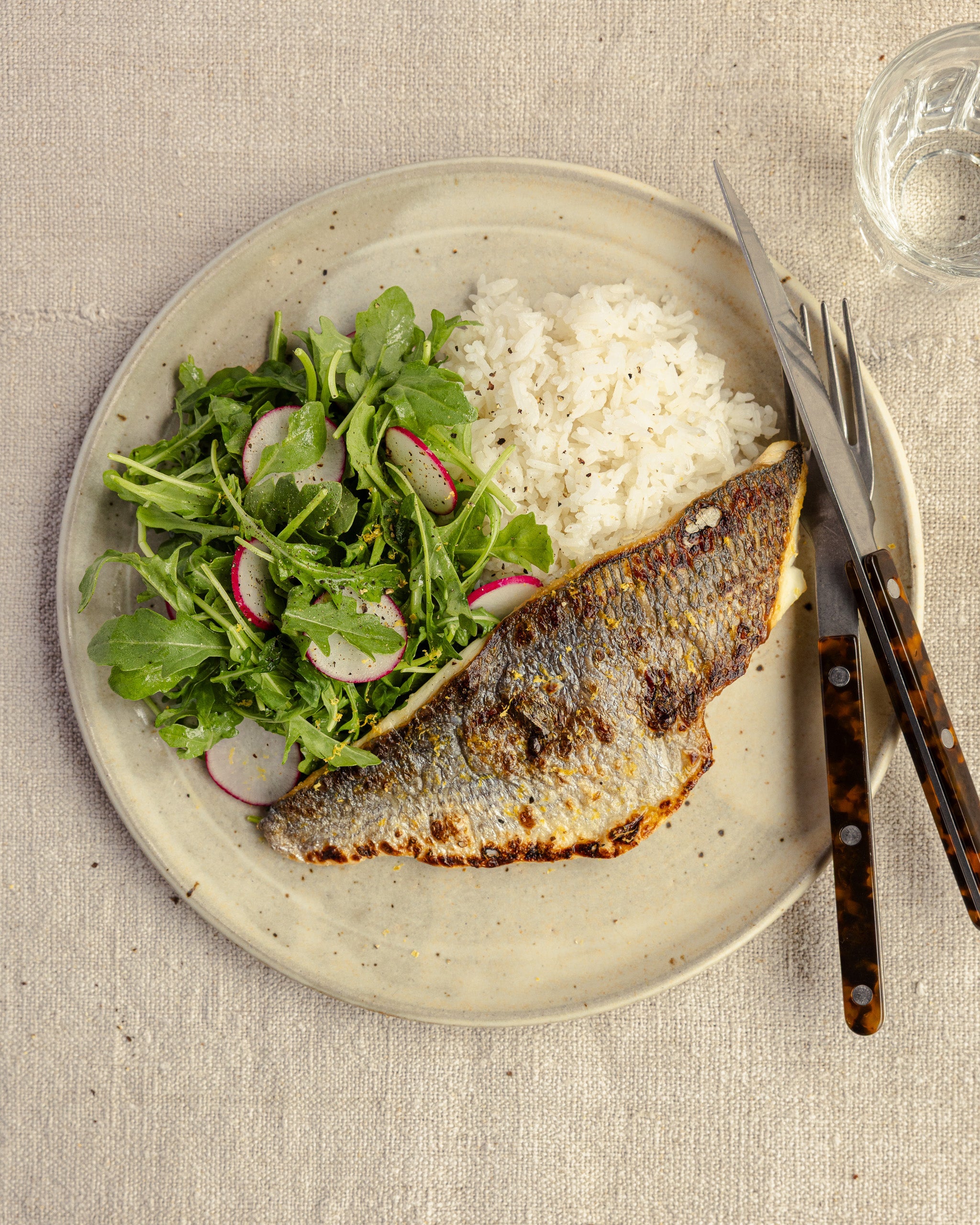

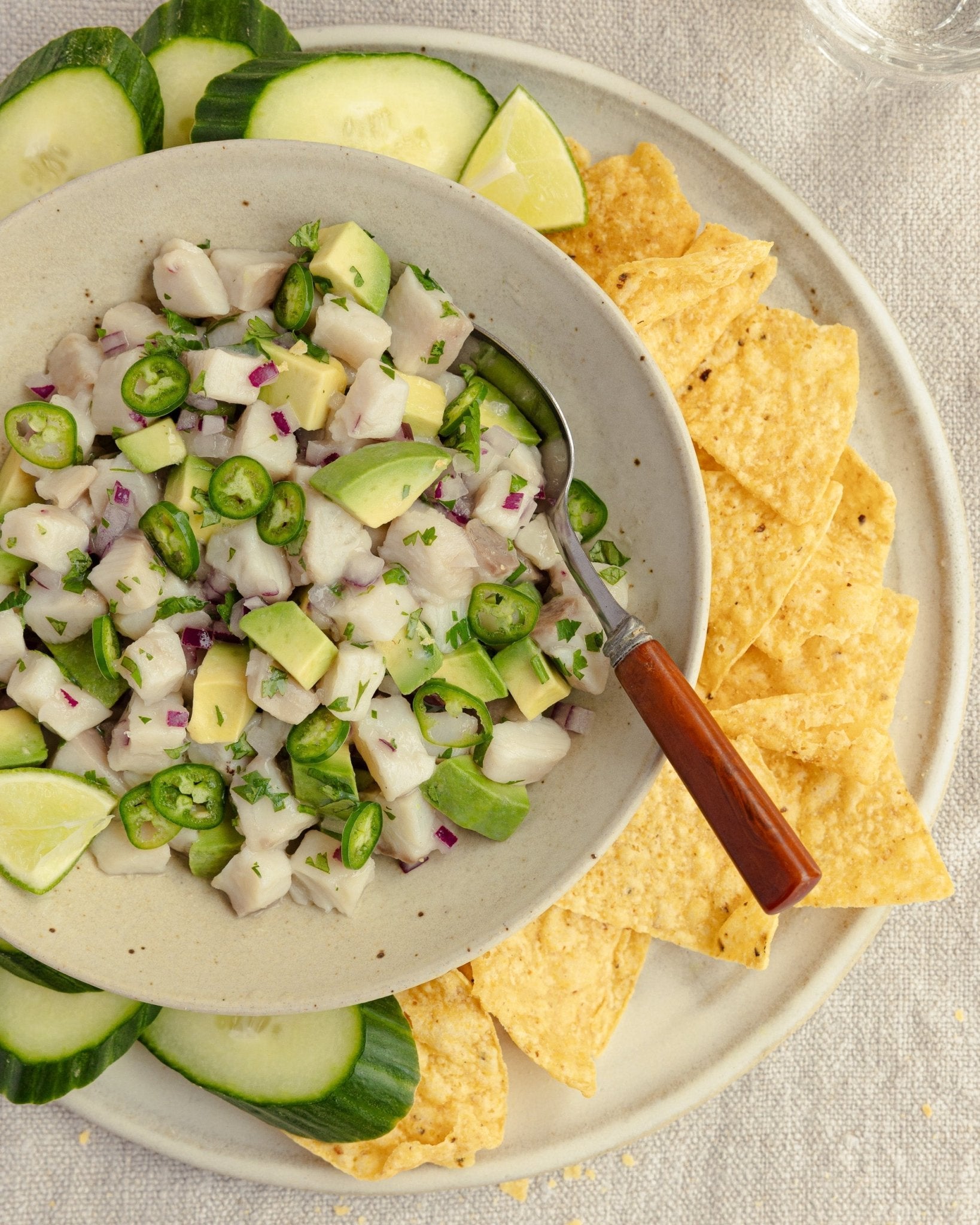
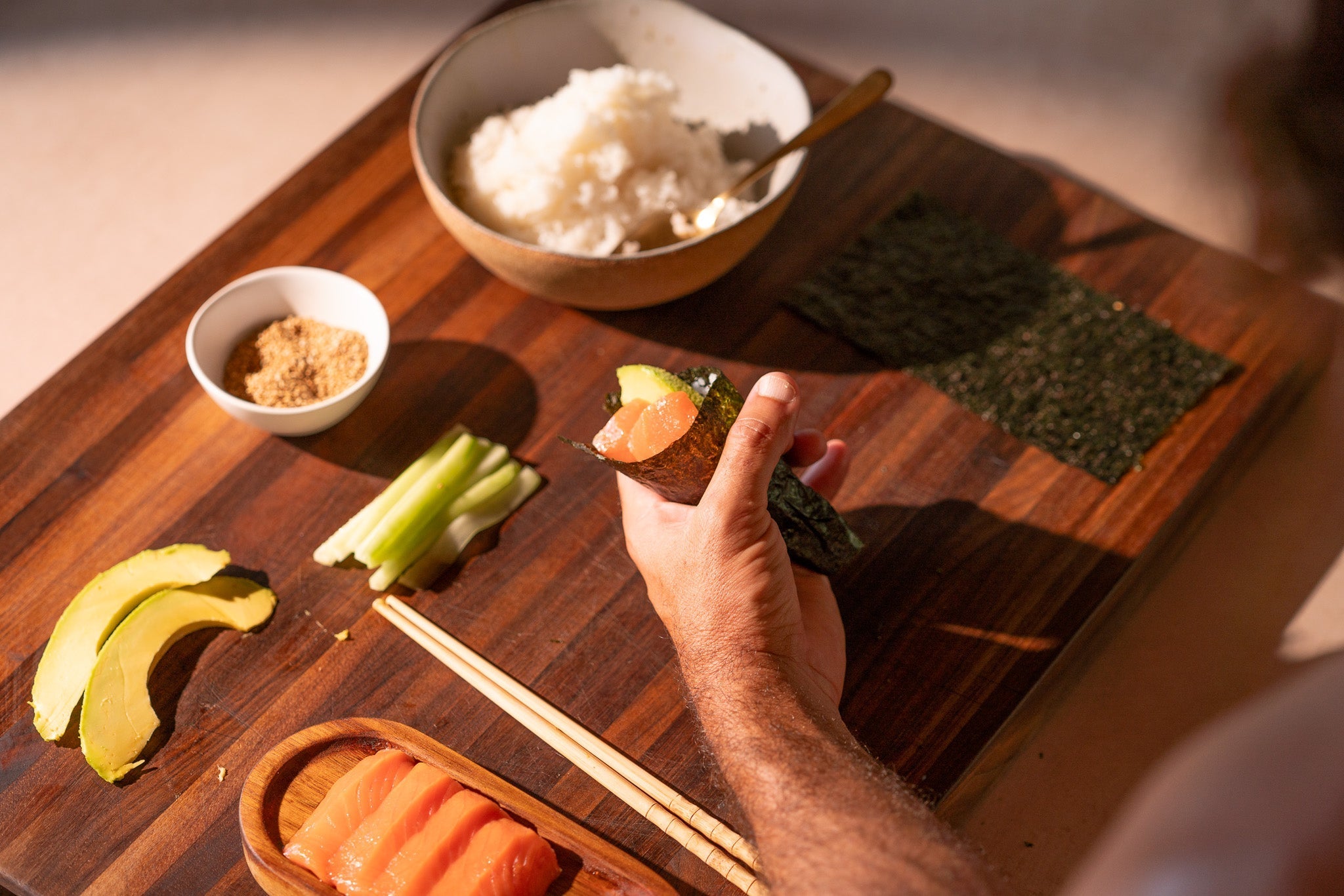
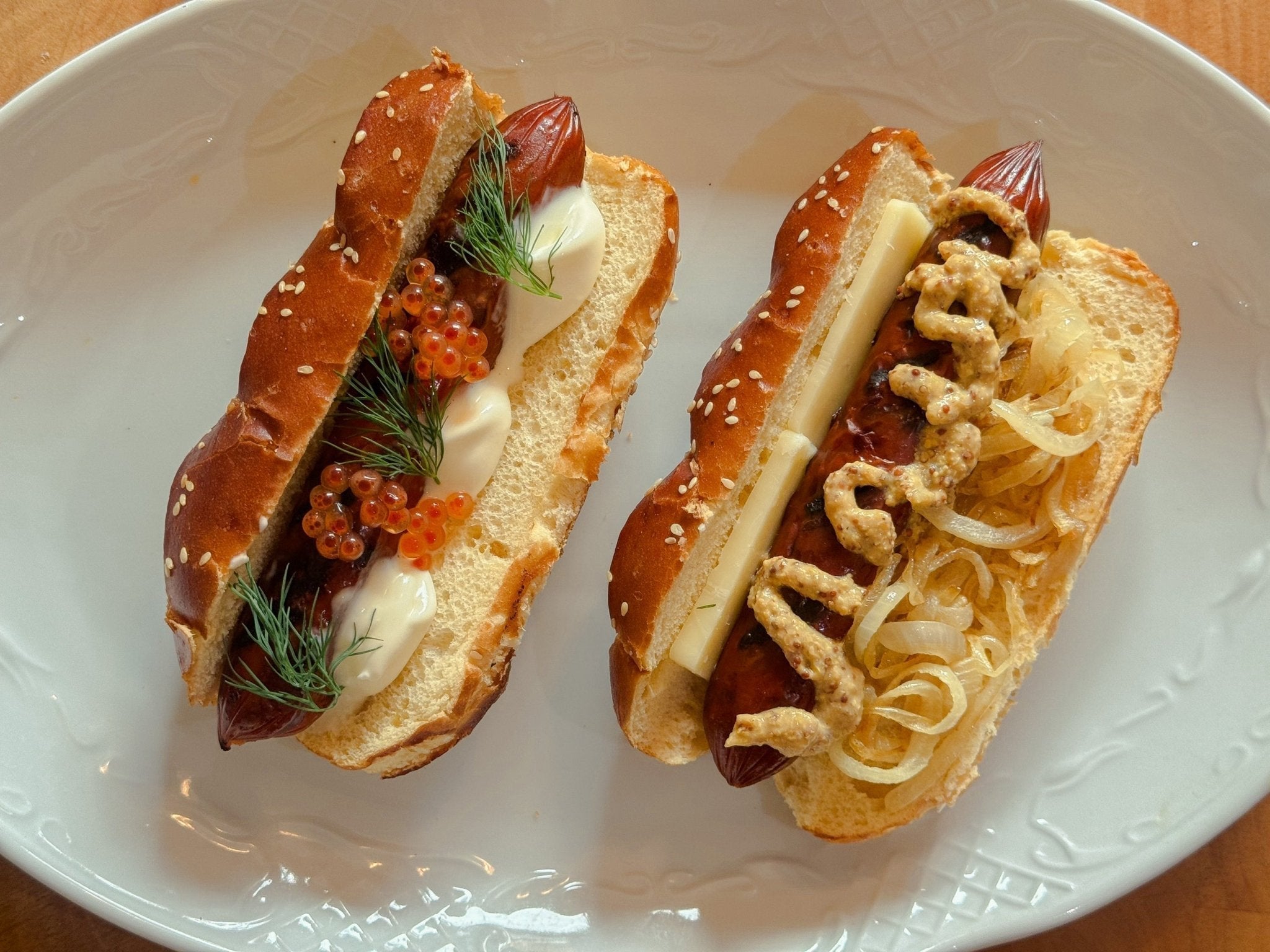
Share:
Navigating Mercury in Seafood: FDA's New Survey and Seatopia's Commitment to Safe, Healthy Seafood
Blue Mind Summer Solstice